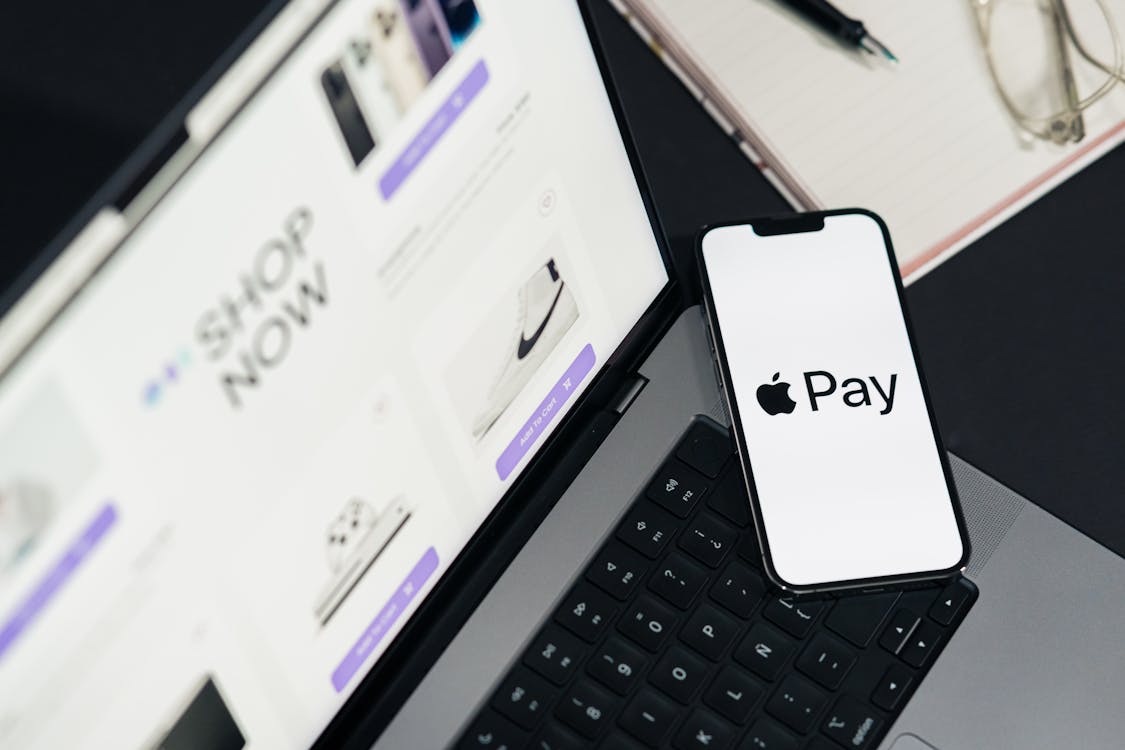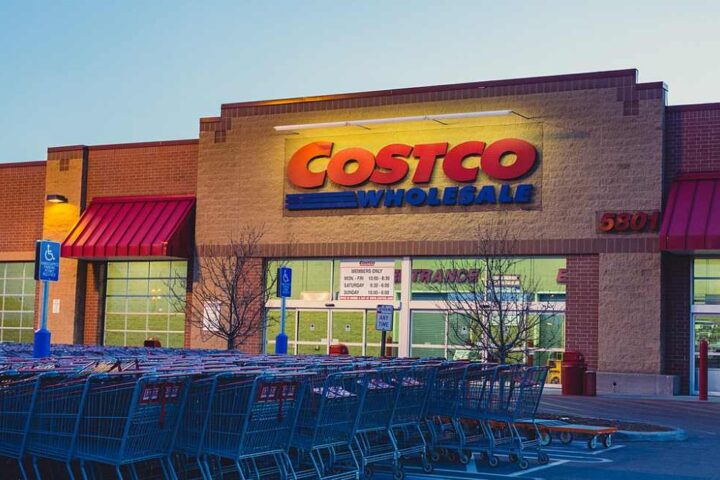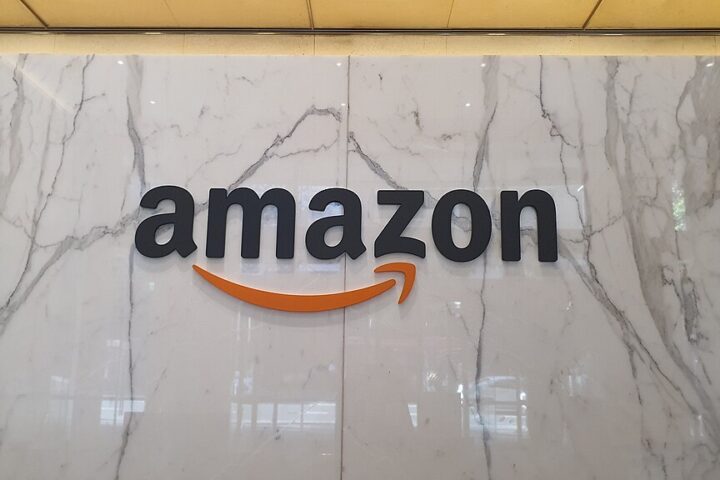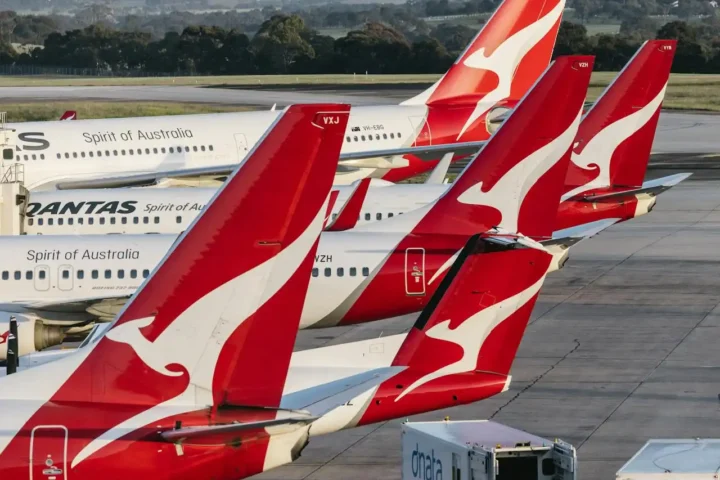Picture this: you’re grabbing coffee on a Friday morning, phone in hand, ready to tap and pay. Then – nothing. Your Apple Pay just died. That’s exactly what happened to millions of people worldwide on May 16, 2025, when Apple’s entire digital wallet ecosystem suddenly crashed.
The Network Meltdown Started Early
At exactly 11:44 a.m. Eastern Time, Apple’s payment infrastructure began showing cracks. By 11:08 a.m. Pacific, Downdetector logged nearly 3,000 user complaints – that’s like an entire small town suddenly unable to buy anything with their phones.
The whole payment rail went down hard. Apple Pay, Apple Cash, Apple Card, and the Wallet app all became digital paperweights. Users stared at screens showing “account services unavailable” – tech speak for “your money is temporarily trapped in cyberspace.”
Network Effects Gone Wrong
This wasn’t just a local glitch. The payment network failure created a domino effect across global commerce nodes. In the US, about 9% of users couldn’t transfer money or make purchases. Meanwhile, across the pond in the UK, around 600 users got locked out, with 92% struggling with payments and 8% having app issues.
What made this interesting from a network science perspective was how the failure propagated through Apple’s hub-and-spoke payment topology. When the central authentication servers hiccupped, every connected merchant terminal felt the pain instantly.
Merchant Chaos at Point-of-Sale
Retailers everywhere suddenly faced what fintech folks call “payment rail disruption.” Tap-to-pay terminals became expensive paperweights. Stores had to dust off old-school card readers or – gasp – handle actual cash.
This exposed a fundamental vulnerability in our payment ecosystem. When one massive node in the network fails, it creates cascading failures across thousands of smaller nodes (aka your local coffee shop’s payment terminal).
Inside Apple’s Payment Infrastructure
Apple’s payment stack is like a digital fortress – they control everything from the secure element chips in your phone to the tokenization servers in their data centers. This vertical integration usually means better security and smoother transactions. But when something breaks at the core, everything breaks.
The outage hit Apple’s authentication and authorization protocols particularly hard. The “account services unavailable” error wasn’t just showing up during contactless payments – it blocked online purchases and peer-to-peer transfers through Apple Cash too.
Similar Posts
The Digital Wallet Revolution Context
Here’s where things get really interesting. 52.6% of people worldwide used digital wallets in 2024, and that number’s climbing fast to two-thirds by 2029. In America alone, over 53% now choose mobile wallets over physical cash or cards.
That’s not just convenience – it’s a complete rewiring of how money moves. When 70% of peer-to-peer transactions happen through mobile wallets, a major outage like this basically breaks the financial nervous system for millions of people.
Tokenization Under Pressure
Apple Pay runs on something called tokenization – imagine your actual credit card number getting locked in a digital safe, while your phone only gets a temporary key that changes with each transaction. Usually, this makes payments way more secure than old-school card swipes.
But here’s the rub: when the tokenization servers go down, every single payment method in your digital wallet becomes useless simultaneously. It’s like having all your keys connected to one master lock that just broke.
When Plan B Becomes Essential
During the outage, smart shoppers quickly pivoted to alternatives: Google Pay, Samsung Pay, or plain old plastic cards. This behavior shows why payment diversification isn’t just fintech jargon – it’s survival strategy.
Countries with robust payment interoperability, like India’s UPI system, handle single-provider outages much better. When one payment rail fails, users can seamlessly hop onto another.
Pattern Recognition: This Wasn’t the First Rodeo
Apple’s payment network has stumbled before. Apple Cash crashed for hours in January 2025, affecting peer-to-peer transfers. Back in December 2023, Apple Pay web payments went dark.
These recurring hiccups reveal something important: building ultra-reliable payment infrastructure is incredibly hard, even for tech giants with unlimited resources.
Network Science Meets Reality
From a network topology perspective, Apple chose a centralized architecture where everything flows through their servers. It’s elegant and secure, but creates what engineers call a “single point of failure” – one broken component can bring down the entire system.
Think of it like a highway system where every road leads to one massive intersection. When that intersection gets blocked, traffic everywhere grinds to a halt.
Your Digital Wallet Survival Guide
Smart consumers keep backup payment methods handy. Here’s what works:
- Always carry one physical card
- Set up multiple digital wallets (Google Pay, Samsung Pay, etc.)
- Keep some cash for emergencies
- Know which merchants accept alternative payment methods
This isn’t paranoia – it’s practical network resilience thinking.
The Economics Behind the Glitch
The digital wallet market is exploding. Valued at $9.01 billion in 2023, it’s projected to hit $81.82 billion by 2032. That’s serious money moving through increasingly complex payment networks.
When major nodes in this network fail, the economic ripple effects touch everything from your morning coffee purchase to billion-dollar corporate transactions.
Building More Resilient Payment Networks
The fintech industry is learning hard lessons from outages like this. Future payment systems need:
- Geographic redundancy (servers spread across multiple locations)
- Real-time failover capabilities
- Cross-platform interoperability
- Better load balancing during peak traffic
Companies are also investing in what engineers call “circuit breaker” patterns – automatic switches that isolate failed components before they crash the whole system.
Long-term Sustainability Challenges
As we rush toward a cashless society, payment network reliability becomes critical infrastructure. Digital transformation initiatives must balance innovation speed with system stability.
The sustainability aspect goes beyond just technical resilience. Energy-efficient payment processing, reducing electronic waste from payment terminals, and creating inclusive financial access all matter for long-term viability.
Simple Takeaways for Everyday Users
Keep multiple payment options ready. Don’t put all your digital eggs in one basket. When technology fails (and it will), having backup plans keeps life moving smoothly.
What Actually Happened
On May 16, 2025, Apple’s payment services experienced a major outage starting at 11:44 a.m. Eastern Time. The disruption affected Apple Pay, Apple Cash, Apple Card, and the Wallet app globally. Nearly 3,000 users reported problems on Downdetector within the first hour. The outage caused widespread issues for both merchants and consumers, with error messages stating “account services unavailable” appearing across all Apple payment platforms.

The geographic distribution included approximately 9% of US users experiencing problems and around 600 users in the UK. This outage occurred within a context where 52.6% of the global population used digital wallets in 2024, with over 53% of Americans now preferring mobile wallets to cash or cards. The incident exposed vulnerabilities in centralized payment infrastructures and reminded users of the importance of maintaining diverse payment options as backup solutions.
The outage followed previous Apple payment disruptions, including Apple Cash issues in January 2025 and Apple Pay web payment problems in December 2023. Recovery details and exact resolution time were not officially disclosed by Apple, though the company’s status page eventually acknowledged the issues affecting all payment services.


















